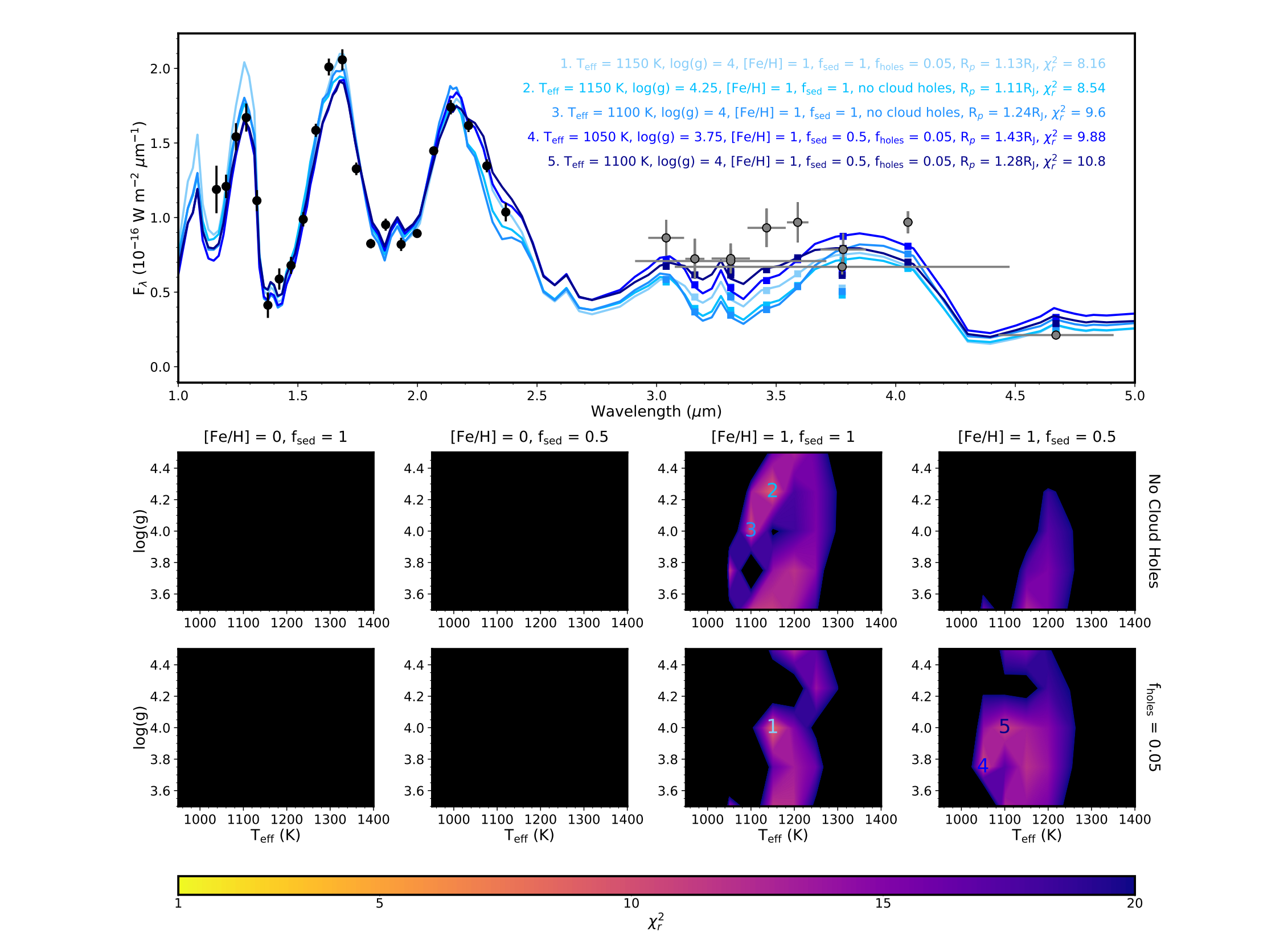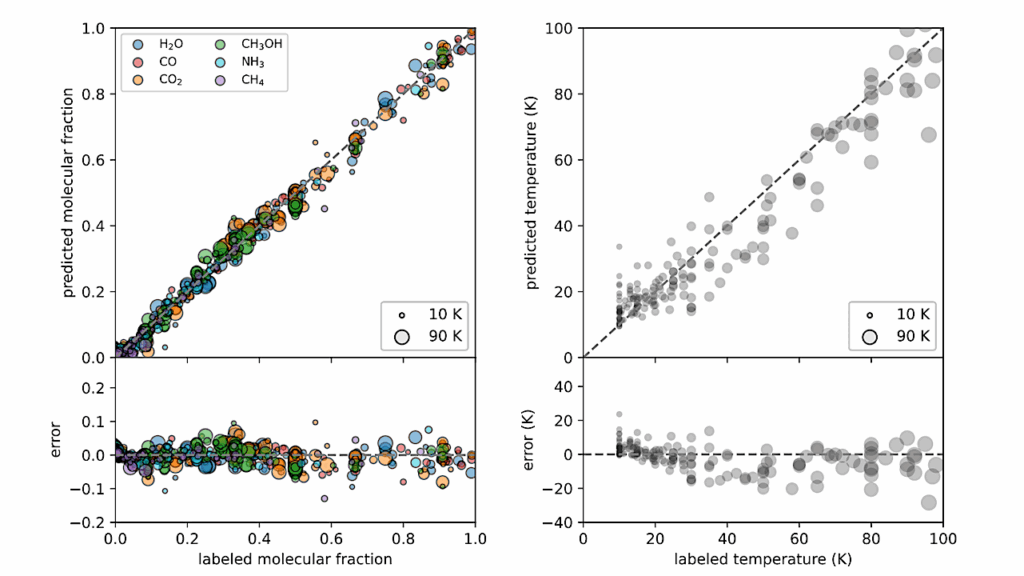Atmospheric Monitoring and Precise Spectroscopy of the HR 8799 Planets with SCExAO/CHARIS

The atmospheres of gas giant planets are thought to be inhomogeneous due to weather and patchy clouds. We present two full nights of coronagraphic observations of the HR 8799 planets using the CHARIS integral field spectrograph behind the SCExAO adaptive optics system on the Subaru Telescope to search for spectrophomometric variability.
We did not detect significant variability signals, but placed the lowest variability upper limits for HR 8799 c and d. Based on injection-recovery tests, we expected to have a 50% chance to detect signals down to 10% H-band photometric variability for HR 8799 c and down to 30% H-band variability for HR 8799 d. We also investigated spectral variability and expected a 50% chance to recovery 20% variability in the H/K flux ratio for HR 8799 c. We combined all the data from the two nights to obtain some of the most precise spectra obtained for HR 8799 c, d, and e.
Using a grid of cloudy radiative-convective-thermochemical equilibrium models, we found all three planets prefer supersolar metallicity with effective temperatures of ~1100 K. However, our high signal-to-noise spectra show that HR 8799 d has a distinct spectrum from HR 8799 c, possibly preferring more vertically extended and uniform clouds and indicating that the planets are not identical.
Jason J. Wang, Peter Gao, Jeffrey Chilcote, Julien Lozi, Olivier Guyon, Christian Marois, Robert J. De Rosa, Ananya Sahoo, Tyler D. Groff, Sebastien Vievard, Nemanja Jovanovic, Alexandra Z. Greenbaum, Bruce Macintosh
Comments: 21 pages, 12 figures, Accepted to AJ, time series photometry and stacked spectra available as text files
Subjects: Earth and Planetary Astrophysics (astro-ph.EP)
Cite as: arXiv:2208.05594 [astro-ph.EP] (or arXiv:2208.05594v1 [astro-ph.EP] for this version)
https://doi.org/10.48550/arXiv.2208.05594
Focus to learn more
Submission history
From: Jason Wang
[v1] Wed, 10 Aug 2022 23:51:19 UTC (1,204 KB)
full paper https://arxiv.org/abs/2208.05594
Astrobiology, Astrochemistry








